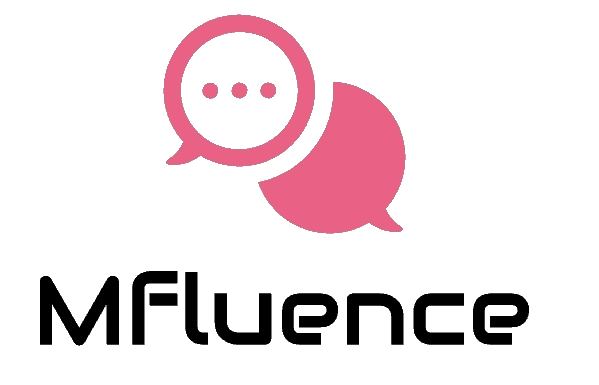In the ever-evolving landscape of business, staying ahead of the curve often means leveraging the right tools and technologies to optimize operations and drive growth. Among these tools, Customer Relationship Management (CRM) software stands out as a cornerstone for businesses aiming to strengthen customer relationships, streamline processes, and boost productivity.
However, implementing CRM software is not just about adopting a new system—it requires careful planning, strategic execution, and a commitment to organizational change. In this blog post, we’ll explore essential strategies for successfully implementing CRM software in your organization and unlocking its full potential.
Define Your Objectives and Goals
Before diving into CRM implementation, it’s crucial to clearly define your objectives and goals. What specific problems are you trying to solve with CRM software? Whether it’s improving customer engagement, increasing sales efficiency, or enhancing marketing effectiveness, establishing clear objectives will guide your implementation strategy and help measure success.
Get Buy-In from Stakeholders
Successful CRM implementation requires buy-in from all levels of the organization, from executives to end-users. Communicate the benefits of CRM software and how it aligns with the organization’s goals. Involve key stakeholders in the decision-making process, address their concerns, and ensure they understand the value proposition of CRM software.
Choose the Right CRM Solution
With numerous CRM software options available in the market, selecting the right solution for your organization is crucial. Consider factors such as scalability, customization options, integration capabilities, user-friendliness, and pricing. Choose a CRM solution that aligns with your business needs, industry requirements, and long-term objectives.
Conduct Thorough Training and Onboarding
Proper training and onboarding are essential for successful CRM adoption. Provide comprehensive training sessions for employees to familiarize them with the CRM software’s features, functionalities, and best practices. Offer ongoing support and resources to address any questions or challenges that may arise during the implementation process.
Customize and Configure the CRM System
Every organization has unique workflows, processes, and data requirements. Customize and configure the CRM system to align with your specific business needs and workflows. Define custom fields, workflows, and automation rules to ensure seamless integration with existing systems and processes.
Cleanse and Import Data
Data quality is paramount for effective CRM usage. Before importing data into the CRM system, conduct a thorough data cleansing process to remove duplicates, inaccuracies, and inconsistencies. Ensure data integrity and accuracy by standardizing data formats, validating entries, and establishing data governance policies.
Foster a Culture of Adoption
Encourage a culture of adoption and usage throughout the organization by highlighting the benefits of CRM software and showcasing success stories. Empower employees to take ownership of their CRM usage and leverage the system to improve their workflows and productivity. Recognize and reward individuals or teams that embrace CRM adoption and drive positive results.
Monitor Performance and Iterate
Continuous monitoring and evaluation are essential for optimizing CRM performance and driving ongoing improvements. Track key performance indicators (KPIs) such as user adoption rates, customer satisfaction scores, and sales metrics. Gather feedback from users and stakeholders, identify areas for improvement, and iterate on your CRM strategy accordingly.
Conclusion
Implementing CRM software is a journey that requires careful planning, dedication, and collaboration across the organization. By following these strategies and best practices, you can successfully implement CRM software in your organization and unlock its full potential to drive growth, enhance customer relationships, and achieve organizational success. Remember, CRM implementation is not just about deploying a new system—it’s about transforming the way your organization engages with customers and operates in the digital age.
At Mfluence, we understand the importance of maximizing customer relationships. Our comprehensive CRM solution is designed to help businesses thrive by empowering them to build strong customer connections, streamline operations, and achieve business goals. Contact us today to learn more about how our CRM software can transform your business.
https://calendly.com/business-mfluence Learn More About Our CRM Software.
